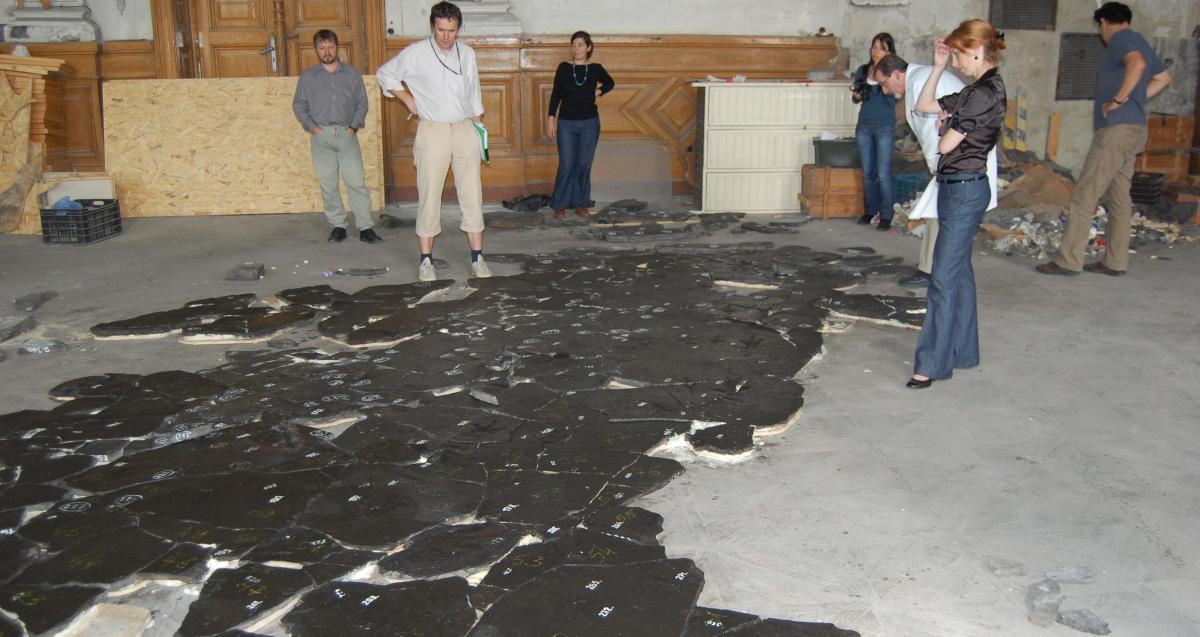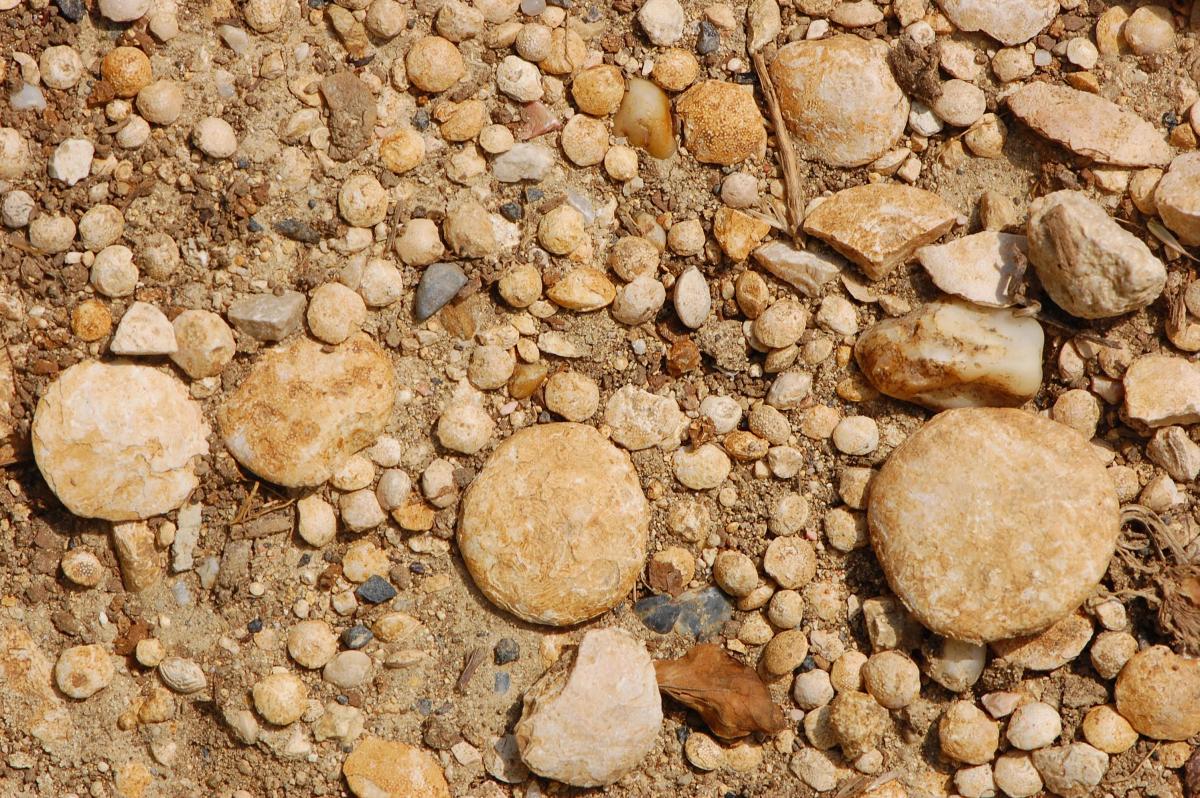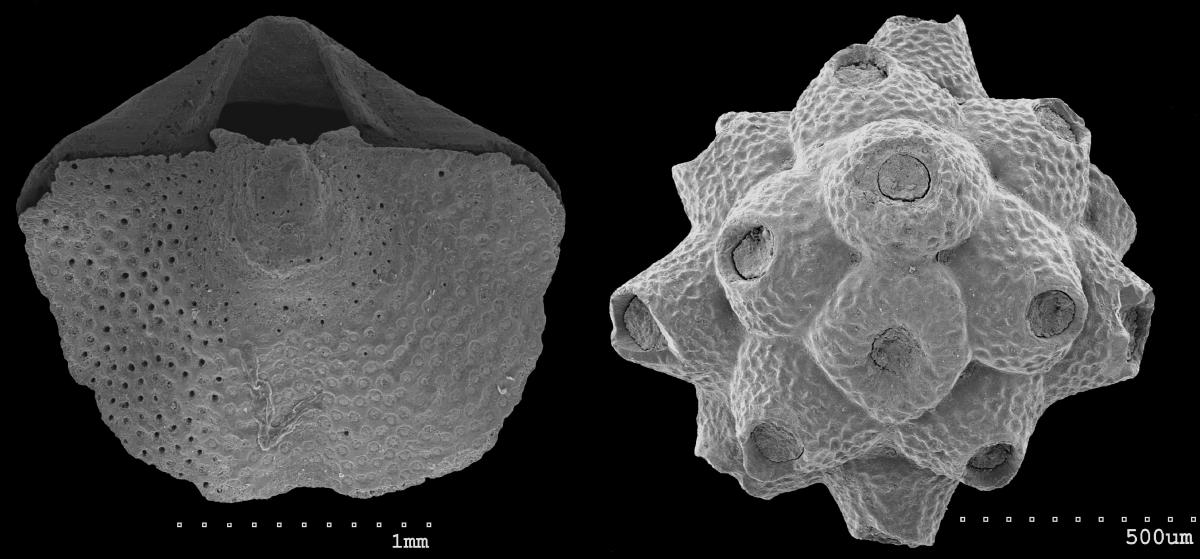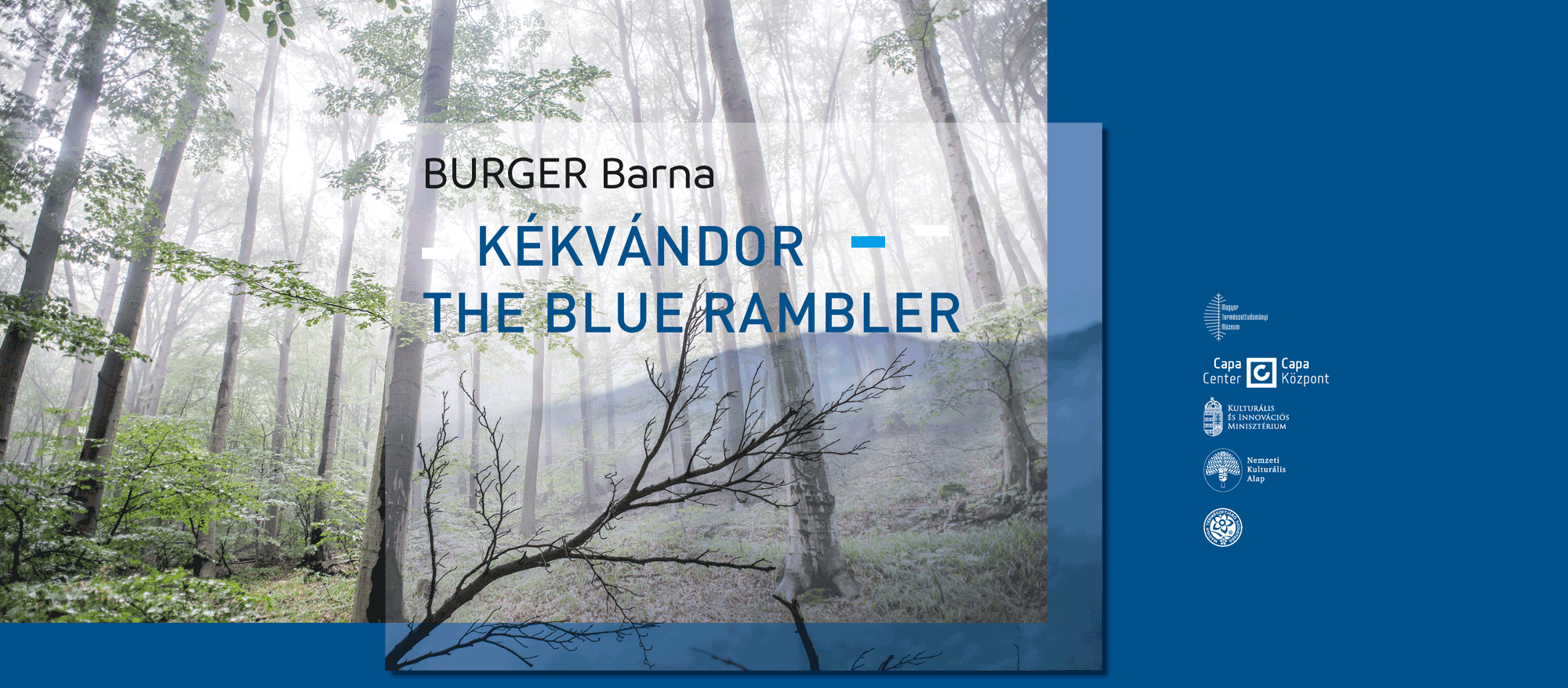
Footmarks of Komlosaurus
We examine the distribution of ancient species in both geographically and stratigraphically. A significant element of it is the biostratigraphy which has also economic importance. The layered rocks that had been deposited in the ancient times are placed above each other, therefore it also means a temporal succession. All of these layers contain different fossils, and the fossil assemblages of each layers can be followed even through large distances in the same level. This method was used for example in the “Eocene-program” of brown coal research. About 50 million years ago the thick bauxite and coal layers were covered by the Eocene sea in the Transdanubian Range and marine clay and limestone layers deposited above them. These layers contain a great amount of large foraminifera, called Nummulites (also known as “Szent László’s coins” in Hungary). During raw material exploration, when the borehole reached the nummulitic limestone layers, geologists could be sure they would find brown coal or even bauxite a couple of meters below.

Nummulites, also known as St. László’s coins in Hungary
Other methods, such as palaeoecological analysis enables us to identify typical environments in the past, while the palaeogeographical analysis gives information about ancient geographical changes which were characteristic for different periods of the history of the Earth. Our principle in the analysis of an ancient environment is: “The present is the key to the past”. We need to collect more precise data on recent plants and animals to obtain valuable information about their ancestors living in similar environments in the past (for example ferns: wet, woody environment; reefs: tropical, shallow seas). Under palaeobiogeographical analysis, examining the distribution of fossil plants and animals is a significant factor. Research is similarly fascinating when we examine special events in the history of the biosphere, particularly the mass extinction events and faunal recoveries.

Electron microscope images of a brachiopod and a bryozoa



